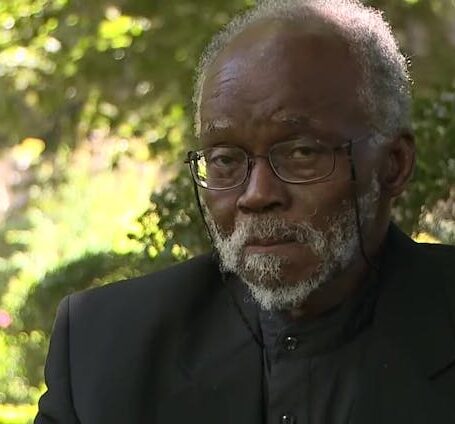Do Researchers Want to Engage with Practitioners?
Background: In early 2018 I reached out to several practitioners’ listservs and invited them to share problems they were facing in their work in which they thought research might be helpful. In response I would match them with a social scientist one-on-one. I targeted listservs composed of non-partisan, non-profit organizations with a mission to remedy social ills. 37 practitioners responded over several months (see here for more details: www.r4impact.org/how-it-works).

Main Finding: Here I use those experiences to help answer the question: Do researchers want to be engaged? Many have suggested otherwise. For instance, in his 2017 book Tom Nichols writes “[M]any experts, and particularly those in the academy, have abandoned their duty to engage with the public. They have retreated into jargon and irrelevance, preferring to interact with each other only.”
By and large I found the opposite. The large majority of researchers accepted my invitation to connect with practitioners. For the 31 matches that I arranged,2 I contacted a total of 37 researchers. Only six declined, with two saying the topic was not a great fit, two saying they were too busy at the moment, and two not responding.
In just over half of the cases I had previously met the researcher, whereas in the other cases the research4impact Board of Matchmakers suggested them to me. The main criterion in all cases was substantive expertise, as well as our subjective belief that the researcher would enjoy the conversation. As shown in the table, the large majority of researchers accepted my invitation regardless of whether I had personally met them, though those I had met were especially likely to say yes. This pattern underscores how personal networks are important for successful matchmaking (as they are with voluntarism more generally) but not absolutely necessary.
Proportion of researchers contacted who accepted invitation to connect with practitioners
| Among everyone I contacted (N=37) | 84% |
| Among those I had previously met (N=21) | 95% |
| Among those I had not previously met (N=16) | 695 |
For a PDF version of this post, please click HERE.
Previous post in series:
































































































